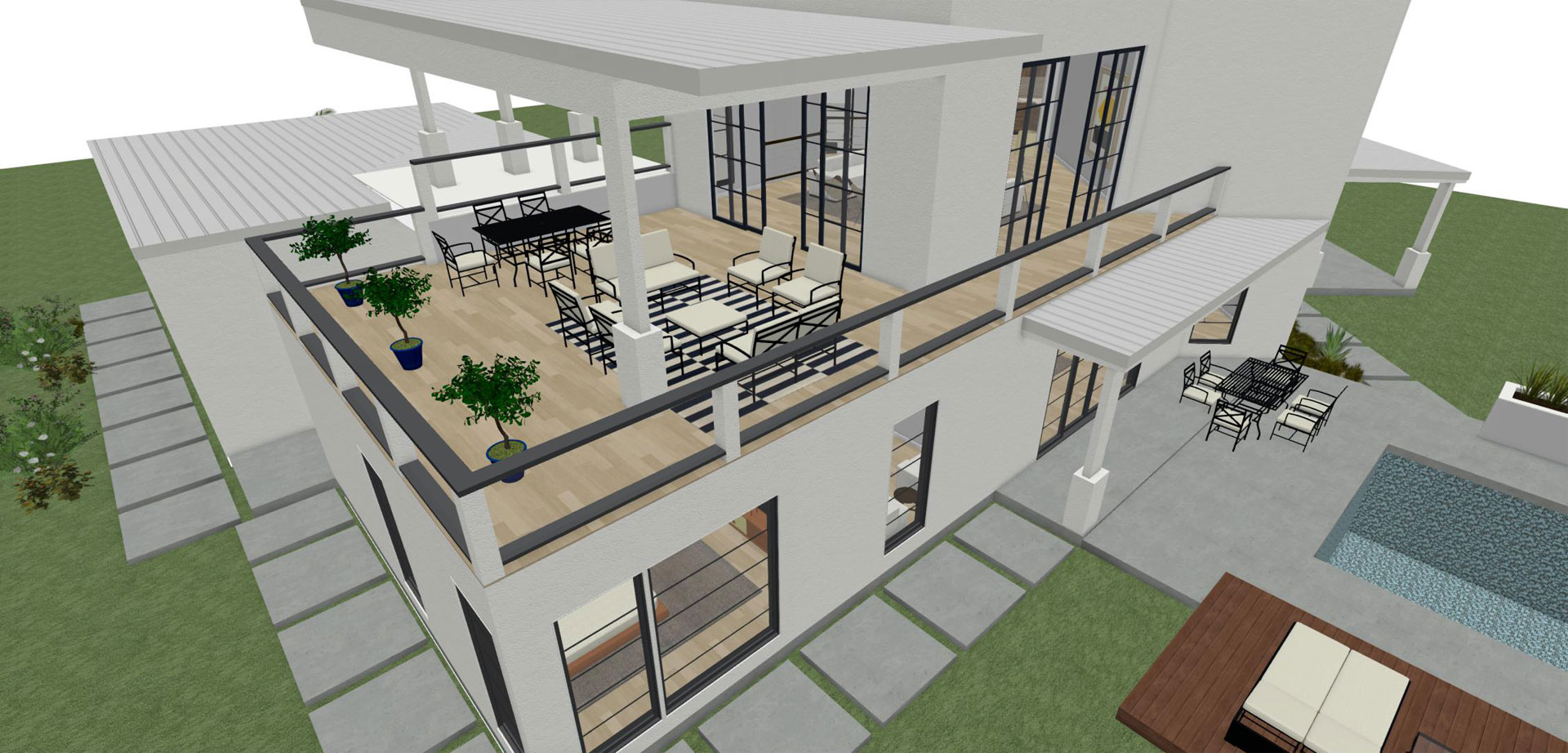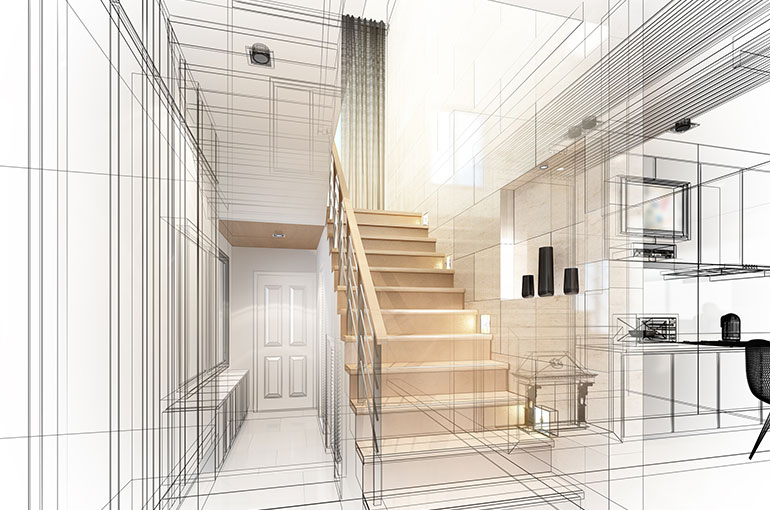Comprehending the Collaborative Process Between Engineers and Engineers in Modern Building And Construction Projects
The collective procedure in between designers and designers is essential in contemporary building and construction projects, as it harmonizes layout intent with engineering expediency. Checking out these dynamics exposes insights that can considerably affect project end results and total sector requirements.
The Importance of Collaboration
The joint synergy between architects and designers is vital for the successful understanding of any kind of construction project. This partnership unites unique knowledge and perspectives, allowing the assimilation of innovative design with functional design services. By interacting, engineers and designers can guarantee that a job not just fulfills aesthetic and practical needs yet likewise sticks to security, sustainability, and monetary restraints.
Cooperation cultivates a common vision, facilitating the positioning of objectives and expectations from the start. This alignment is essential in attending to prospective challenges and mitigating dangers that could arise throughout the job lifecycle. A collaborative strategy enables for the effective allotment of sources, optimizing both time and cost.
The value of collaboration encompasses the iterative procedure of design and construction, where responses from engineers can notify building choices, resulting in more possible and lasting designs. On the other hand, designers can influence designers to believe artistically about exactly how to achieve architectural honesty without endangering artistic intent. Eventually, the collective relationship in between designers and engineers is not merely advantageous; it is essential to the creation of high-grade, functional, and cutting-edge developed settings that satisfy the needs of society.
Communication Methods and Tools
Efficient interaction techniques and devices are vital for fostering collaboration in between engineers and engineers throughout the project lifecycle. Establishing clear networks of interaction is vital to make certain that all group participants are aligned with project goals, timelines, and responsibilities. Routine conferences, both in-person and digital, give opportunities for stakeholders to discuss progression, address problems, and make notified choices.

Additionally, adopting joint communication tools, such as Slack or Microsoft Teams, permits instant messaging, file sharing, and continuous discussions, promoting an extra dexterous response to arising problems. Paper administration systems additionally play an important duty in organizing task documentation, making certain that all team members have accessibility to the most recent info.
Shared Objectives and Task Vision
An unified task vision offers as the structure for successful cooperation between architects and designers (cda architects). This common vision not just straightens the initiatives of both celebrations however also establishes an usual framework for decision-making throughout the job's lifecycle. By verbalizing clear goals, stakeholders can effectively browse the complexities of modern construction jobs, ensuring that both aesthetic and practical requirements are fulfilled
Establishing shared goals involves open dialogue this content and a detailed understanding of each self-control's contributions. Architects commonly focus on style intent, spatial partnerships, and customer experience, while engineers highlight architectural honesty, systems performance, and conformity with guidelines. When these point of views are straightened, the result is a cohesive job that follows both imaginative aspirations and technological expediency.
Additionally, a distinct job vision cultivates liability among staff member, encouraging each participant to take ownership of their duty in attaining the wanted result. Regular check-ins and collective workshops can additionally strengthen this dedication, enabling modifications to be made as the task evolves. Ultimately, a common vision not her comment is here only enhances synergy but additionally raises the top quality of the final deliverable, bring about effective project completion.
The Function of Modern Technology
Leveraging modern technology has come to be necessary in improving cooperation between engineers and engineers. The assimilation of advanced software application devices promotes real-time interaction and info sharing, enabling groups to function extra efficiently and successfully. Building Details Modeling (BIM) stands out as an essential innovation, permitting both architects and designers to develop detailed 3D versions that envelop design intent and structural integrity. This common visual depiction reduces misunderstandings and improves the decision-making procedure.
Furthermore, cloud-based platforms make it possible for smooth collaboration, allowing task stakeholders to access and update task information from anywhere. This cultivates a culture of transparency and accountability, as changes can be tracked and evaluated in real-time. In addition, mobile applications more enhance interaction, supplying on-site teams with immediate accessibility to project requirements and updates.
Arising innovations such as man-made knowledge and artificial intelligence are likewise beginning to play a function in anticipating evaluation, assisting groups determine possible concerns before they arise. Inevitably, the role of technology in architecture-engineering collaboration not only enhances operations efficiencies but also boosts advancement, causing more successful task outcomes. By embracing these technological improvements, architects and designers can guarantee a much more cohesive and productive joint procedure throughout the building lifecycle.
Situation Studies in Successful Collaborations
Various case researches illustrate the profound impact of effective collaborations in between architects and designers on job outcomes. One significant example is the cooperation on the High Line in New York City, where landscape designers, engineers, and urban planners functioned with each other to transform a deserted rail line into a dynamic public park. This multidisciplinary approach not only enhanced the aesthetic top quality but likewise made certain architectural safety and security and environmental sustainability.

The Burj Khalifa in Dubai even more shows the value of joint initiatives - cda click for more architects. The combination of style and design experience allowed the job team to attain unprecedented elevations while sticking to safety laws and aesthetic vision
These instances emphasize the importance of interaction, trust fund, and shared objectives. In today's complex construction environment, such collaborations are important to browsing obstacles and delivering tasks that satisfy both functional and visionary objectives.
Final Thought
In verdict, the cooperation between architects and designers is essential for the success of modern construction jobs. Reliable interaction methods, a common job vision, and the assimilation of sophisticated modern technologies are essential parts that facilitate this collaboration.